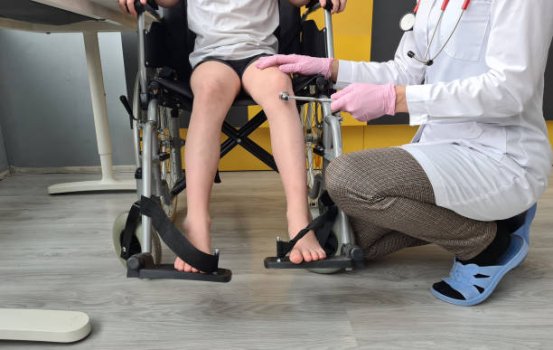Spinal muscular atrophy (SMA) is a rare hereditary condition that weakens muscles and restricts mobility. Recent advancements in gene therapy are transforming treatment options, bringing renewed optimism to patients and families. This article examines SMA, the progress of gene therapy, how it works, its advantages and risks, and what the future could hold.

What is spinal muscular atrophy?
SMA arises from a mutation in the SMN1 gene, which is responsible for producing the survival motor neuron (SMN) protein. Without enough of this protein, motor neurons degenerate, leading to muscle weakness, impaired movement, and, in severe cases, difficulties with breathing and swallowing. The condition has several recognized types that range in severity, but all can significantly affect daily life. According to the Spinal Muscular Atrophy Foundation, SMA remains a leading genetic cause of infant death.
The development of gene therapy
Gene therapy works by targeting the underlying genetic defect, aiming to repair or replace faulty genes within patient cells. For SMA, major breakthroughs have been achieved over the past decade. A milestone came in 2019 when the FDA approved onasemnogene abeparvovec (Zolgensma), a one-time therapy that delivers a functional SMN1 gene, changing the course of the disease. Clinical outcomes have been striking, especially in infants with SMA types 1 and 2, showing improved motor abilities and survival. This success has sparked global interest in expanding gene therapy options.
How gene therapy functions
In treating SMA, gene therapy introduces a healthy copy of the SMN1 gene using an adeno-associated virus (AAV) as a delivery system. Administered through a single intravenous infusion, the therapy enables cells to produce the essential SMN protein, supporting motor neuron activity. Results have included enhanced motor development and better quality of life for young patients. Beyond SMA, this approach demonstrates gene therapy’s broad potential in addressing other genetic disorders.
Advantages and risks
The benefits of SMA gene therapy are profound, but certain risks must also be acknowledged. Possible side effects include liver enzyme elevations and immune responses to the viral vector. Additionally, Zolgensma is currently most effective in younger patients and may not deliver the same outcomes in those diagnosed later. Families should weigh both the potential advantages and limitations in consultation with medical experts. Long-term monitoring remains vital as research progresses and more individuals undergo treatment.
Looking ahead in SMA care
Ongoing research and clinical trials aim to improve gene therapy and broaden its reach. Scientists are refining delivery systems, exploring combination therapies, and seeking ways to extend benefits to older patients and those with rarer SMA variants. These efforts promise greater accessibility and effectiveness. With research momentum building, there is real hope that future therapies will be more comprehensive and widely available.
Conclusion
Gene therapy has dramatically changed the landscape of SMA treatment—from identifying its genetic roots to life-changing therapies like Zolgensma. While challenges remain, balancing the benefits and risks is key. With continued scientific advances, families can anticipate more effective and inclusive treatment options, signaling a brighter future in the fight against SMA.
